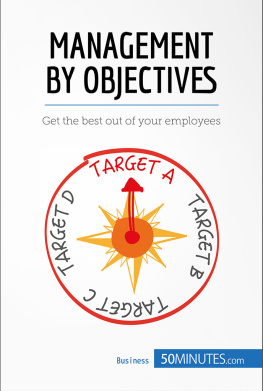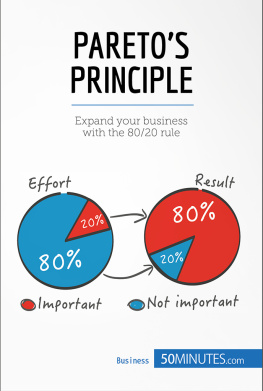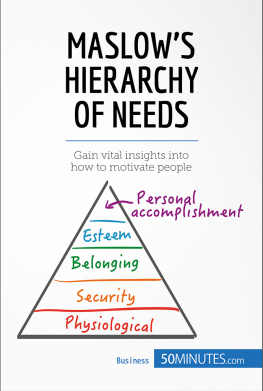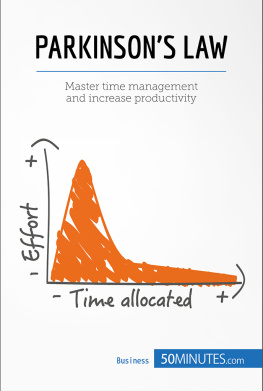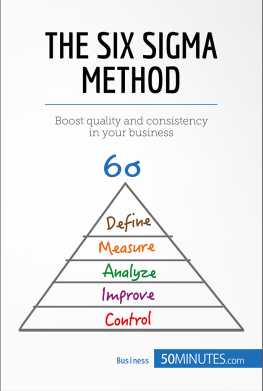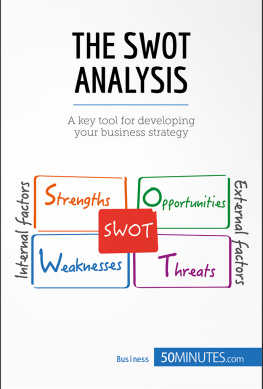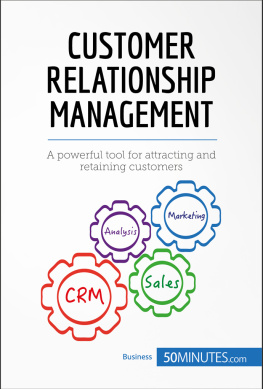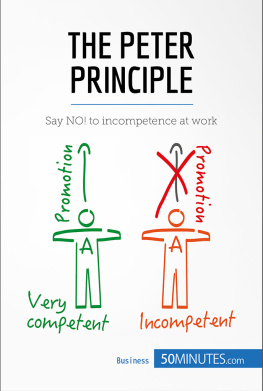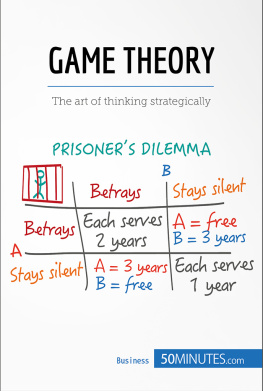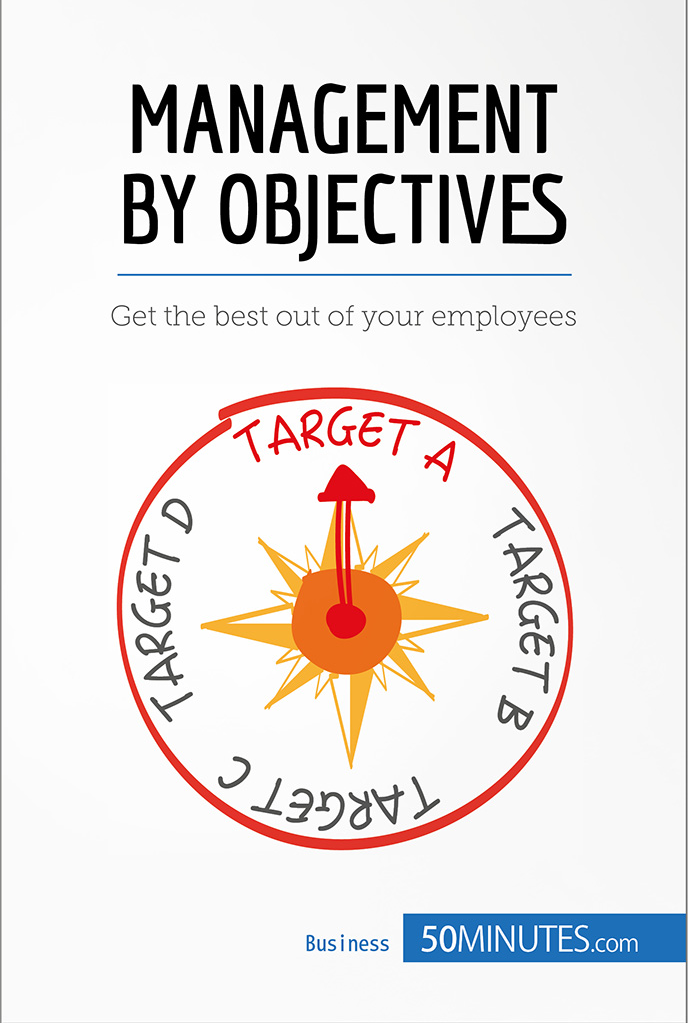Management by objectives
- Name: Management by objectives (MBO), Project Management, management by results
- Uses: The model is used in the business world by Human Resources directors, sales managers, operational managers, project managers, internal and external consultants, etc. For example, it allows:
- managers to set precise objectives for upcoming tasks within the business, analyze the results and give rewards according to performance;
- colleagues to set themselves performance goals.
- Why is it successful? This management style is effective because it provides a framework for managers to negotiate with employees, establish a course of action and set the objectives to be met. It brings clarity to the entire hierarchy of the company. Also, when an employee agrees to be trusted with more complicated objectives, this system leads to a superior level of performance compared to those given simpler objectives.
- Key words: Management, objectives, management techniques
Management by objectives arose in the context of economic growth. Poorly organized beforehand, many American companies have seen expansion and decentralization since the 1950s. This requires rethinking their structure.
The MBO process was established by Peter Drucker (Austrian-American management theorist, 1909-2005), while he observed the organization of companies such as General Motors. In 1954, he published the works The Practice of Management . One of the chapters, Management by Objectives and Self Control , provides the first definition of the model. Fifteen years later, John Humble (an English consultant) added his contribution to the model by offering a MBO method.
Finally, Octave Gliner (French economist, 1916-2004) offered his own version of MBO: Participatory Management by Objectives. It is based on three elements; knowing the objectives, structure and participation procedures. MBO has now taken a new form and become a system for management, not just for organization.
Definition
Management by objectives (MBO) is a process where management and employees define objectives and negotiate the action and deadlines required to reach them.
MBO is a tool available for managers to create a framework for negotiation with employees. It is designed to boost the performance of an organization, turning collective objectives into specific and precise goals, which benefits both the organizational unit and the individual employees. The results are regularly reviewed and individuals are rewarded accordingly. This is the only management process that empowers employees, as MBO lets them take charge in organizing their own work in a way that suits them. When employees take part in setting their objectives, they are more motivated and make sure they reach their goals.
Theory of the concept
Who uses it?
From managers to the chief executives (in different sectors of management such as marketing, finance and human resources), all those in a position of management can install management by objectives within their organization. As mentioned before, MBO is the process where management and employees define objectives together and negotiate the means and deadlines necessary to achieve results.
Emerging from the work of Peter Drucker, MBO and its use vary considerably according to the author that conceptualized it.
Two versions have been established:
- MBO can be interpreted in a 'technocratic' manner, concentrating on financial objectives. Everything is focused on sales revenue, costs or budgets. Each department sets its own numerical objectives. When one of these objectives is not met, the blame rests with the managers in this case, the managers and the general direction of MBO without other objectives being jeopardized. For example, these can be established while drafting the budget: Each department can set its own precise objectives which will be reviewed within a set time (e.g. on a quarterly basis).
- The second version of MBO focuses on managerial relationships. It involves creating a formalized arrangement between managers and employees. The challenge with MBO in this context is that it doesn't set objectives or even provide a general plan. These two factors are more like a basis for evaluating the work carried out between the manager and employees. In this case, the application of MBO is reserved for sectors such as human resources, where precise objectives are not required. Interviews (mutually organized) include time specifically for discussing employee objectives and the objectives that are not necessarily set given the global strategy of the business and its initial vision. They are set according to the weak and strong points of employees. Everything comes down to communication.
Which version to use?
Should you favor financial planning or management relations? If these two versions aren't compatible, it's difficult to apply them simultaneously. Above all, MBO is a tool put in place for the participants managers, chief executives and general directors. It's up to these people to choose the most suitable version of MBO.
What is an MBO program?
There are four main ingredients that make up a management by objectives program:
- (A) validation of specific objectives
- (B) participatory decision-making
- (C) a time frame set from the beginning
- (D) feedback on performance.
As an example, let's look at a business that wants to broaden its activities.
- Specific and precise objectives must be established (A) in order the meet this goal. An airport, for example, could use the MBO program to determine what is necessary to increase the number of customers by 3.5% in order to increase the number of boarding gates from 12 to 14 during the year. It can also plan how to re-launch its cargo business by buying new buildings and renovating five of its older planes.
- Decision-making should be participatory (B). Managers from different departments of the airport should decide together what objectives to set and the time frame needed to reach them.
- Managers estimate that, for the goals they have set, it will take three years. The time frame has therefore been established from the outset.
- Finally, for this program, it is necessary to schedule a performance evaluation (D) concerning the objectives. The airport directors will organize meetings with managers about the progress of the employees in their departments. This is only done at the end of the specified time frame for meeting the objectives. Managers and employees should regularly set precise objectives in order to measure and control their efforts. Feedback meetings are organized after analyzing the progression of the program and receiving the opinion of the directors and their subordinates. Rewards can also be given at the feedback meetings.
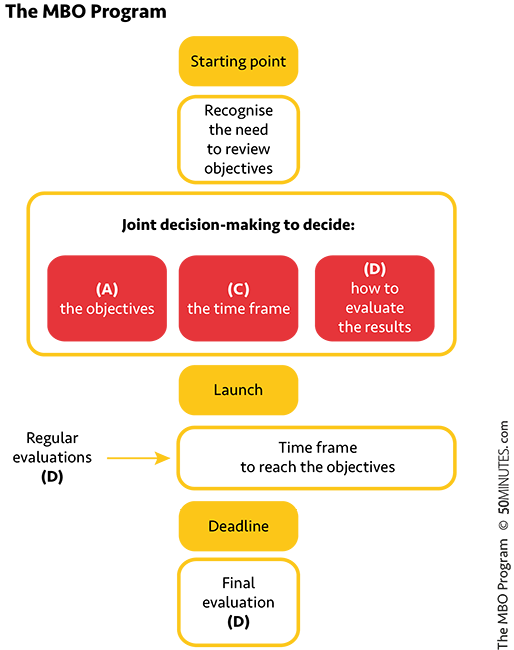
Is this system really effective?
There is no simple answer to this question. A number of publications do not support the MBO model. However, the majority agree with the following statement: the application of MBO can have a positive effect on worker performance in some cases.

